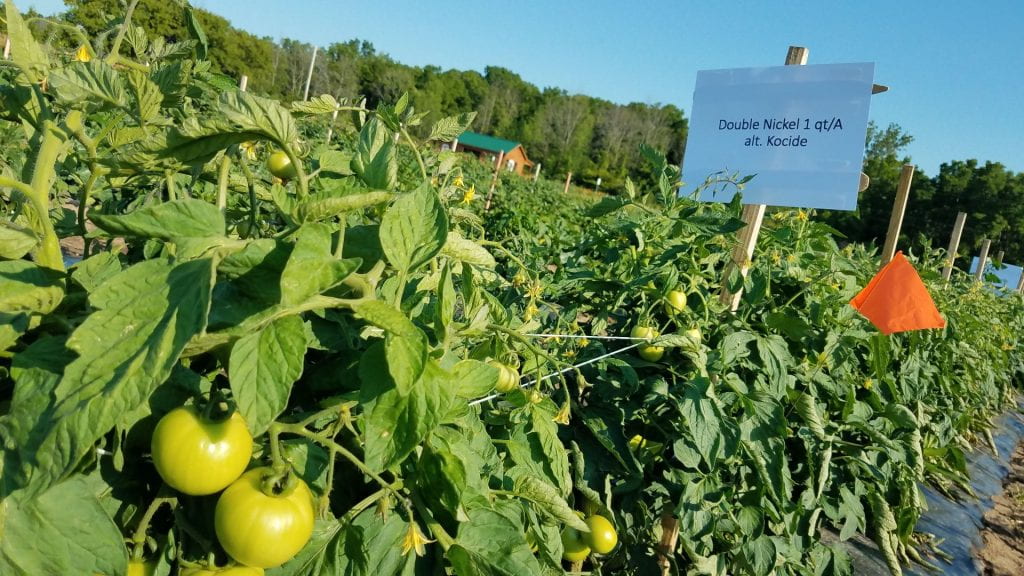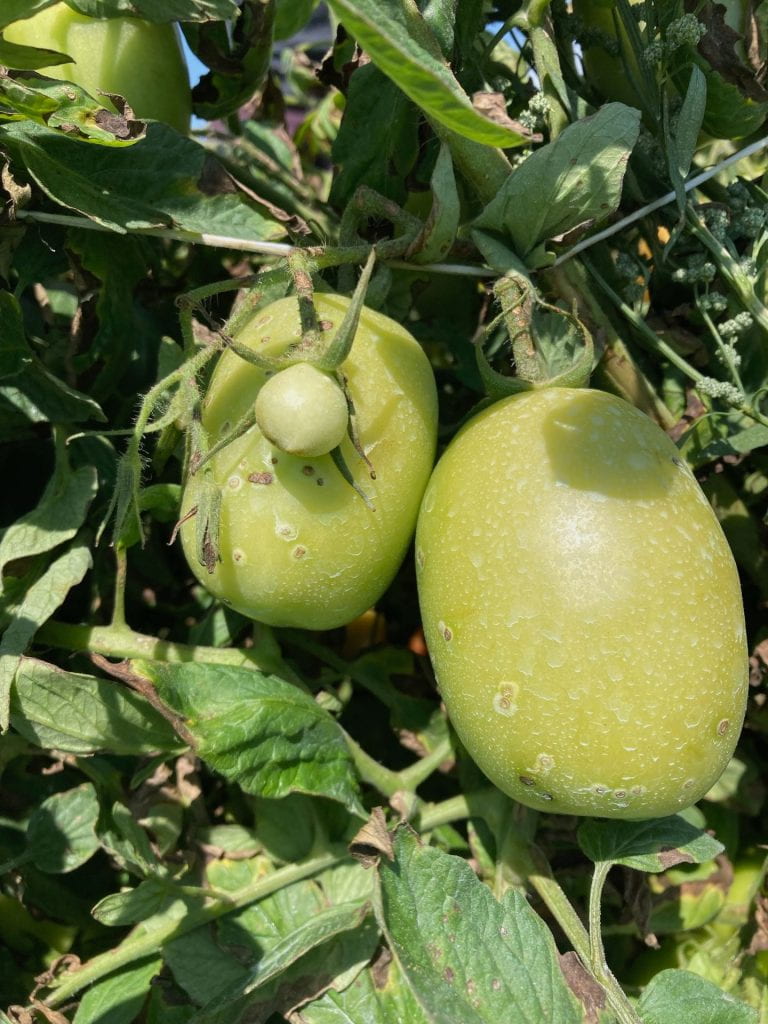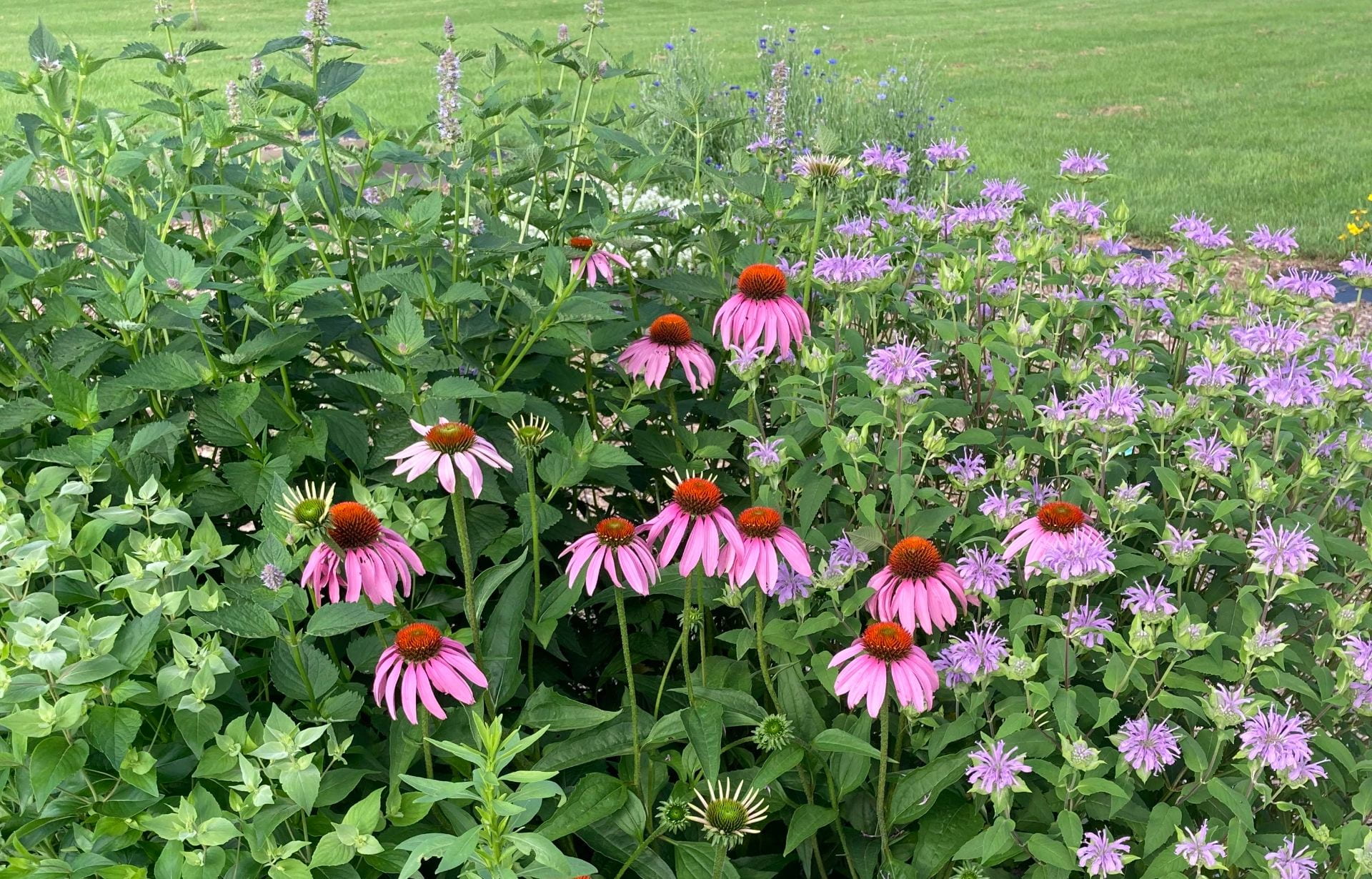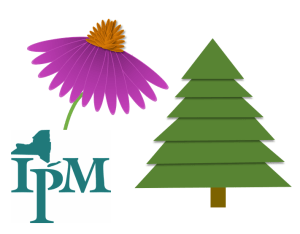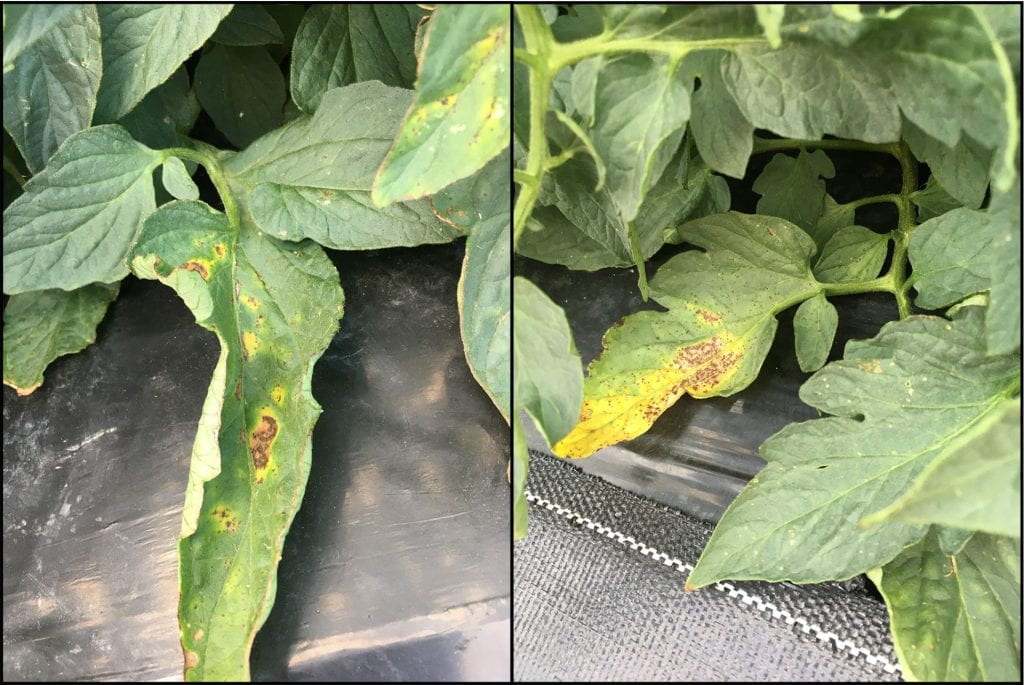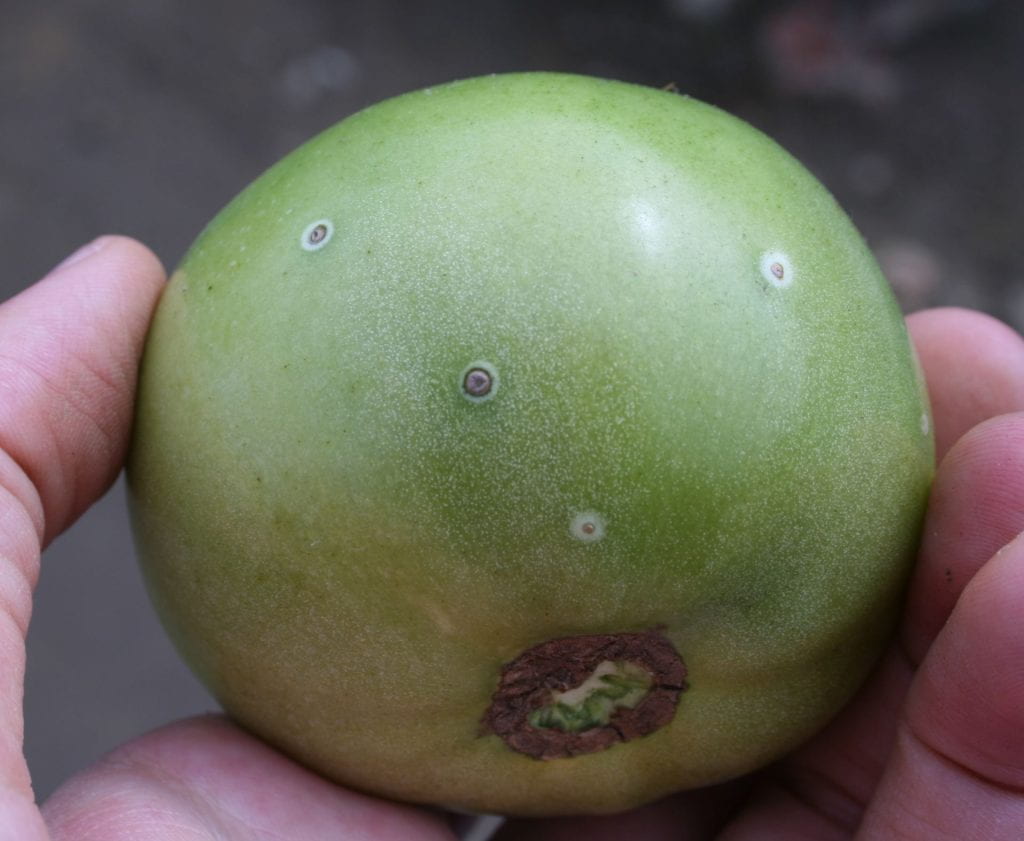
So, you planted seeds of native, perennial wildflowers in some well-prepared soil last fall, letting Mother Nature do the seed stratification for you. You even carefully labeled the spot where you planted your seeds. Now seedlings are sprouting…but are they your wildflowers? Or are they weeds?
Last fall, I also planted a bunch of perennial wildflower seeds in some raised beds. Unfortunately, these beds had last been used as a demonstration weed garden. So, I’ve got large deposits in my weed seed bank. Even though I labeled my seeds, it’s taking careful observation to spot the emerging wildflowers. Also, I’m spending a lot of time pulling weeds. I’m sharing what I’m learning to make your wildflower ID easier!

A few general tips for wildflower seedling identification
Unless you have been doing years of meticulous weed management, chances are there will be at least a few weeds sprouting amongst your wildflowers. Here are a few general tips to help you distinguish weed from wildflower, no matter what you planted:
- Know your monocots and dicots. Cotyledons are the very first, often quite simple, leaves to emerge from a seed. Grasses are common monocotyledons (monocots for short) and produce a single, narrow, spikey first leaf. Subsequent (true) leaves will also be narrow and spikey. Many wildflowers (Ohio spiderwort being a notable exception) are dicotyledons, or dicots. The first leaves (cotyledons) of dicots emerge from the seed in a pair. Subsequent leaves may emerge singly or in pairs, but these true leaves are usually wider and less spikey than monocots. For this reason, you may have heard dicots also described as “broadleaves.” If you planted seeds of a dicot (most wildflowers), and you see monocot seedlings, they are probably weeds.
- Notice patterns. Do you see a similar seedling distributed across an entire garden bed? It’s likely a weed. Is something sprouting only near the stake where you marked wildflower seeds last fall? It’s more likely to be what you planted.
- When it doubt, watch and see. Weeds usually grow quite a bit faster than your perennial wildflowers. If you aren’t sure if something is a weed or a wildflower, wait a week or so to see how it changes. Cotyledons usually look very different from the true leaves of a plant, and as the seedling grows, it will become easier to identify. For those interested in identifying weeds early, this Weed Seedling Identification Guide from Montana State University has some nice pictures of weeds when they are very small.

Wildflower seedlings I’ve identified
Some of the following pictures are from the raised beds where I planted seeds last fall. Others are from seeds I stratified and germinated inside.
Yarrow (Achillea millefolium)
The first true leaves are produced in pairs, and look like they have little spikes on them. Subsequent leaves appear first deeply lobed, and then increasingly “feathery.” Seedlings grow as rosettes, and can be mistaken for weeds that also grow as rosettes and have deeply lobed leaves. Keep watching as foliage matures (or weeds flower).


Butterfly milkweed (Asclepias tuberosa)
The cotyledons of butterfly milkweed are fairly broad and look “fleshier” than most weed seedlings. The true leaves which emerge next are much narrower.


Hyssop (Agastache nepetoides)
These pictures are of giant yellow hyssop seedlings (Agastache nepetoides), although I suspect that anise hyssop (Agastache foeniculum) seedlings look similar. True leaves are produced in pairs. At least on the early true leaves, the veins are reddish and slightly recessed, contributing to a slightly “puckered” leaf appearance. Leaf edges are broadly scalloped. Later true leaves will be more arrow-shaped compared to the rounder early true leaves.


Blue false indigo (Baptisia australis)
Blue false indigo is in the same family as peas and beans; a legume. Its seeds are fairly large and its cotyledons are large and fleshy, similar to butterfly milkweed. As the true leaves start to emerge, they will look more like pea leaves.


Purple coneflower (Echinacea purpurea)
Purple coneflower, or echinacea has fairly non-descript cotyledons. Its first true leaf will look more like the leaves of the mature plant; heart- or arrow-shaped and slightly hairy. One true leaf emerges at a time.


Wild bergamot (Monarda fistulosa)
Unlike the previous three wildflowers, wild bergamot produces true leaves in pairs, always opposite each other. The early true leaves are heart-shaped. Later true leaves start to become more elongated with toothed edges. The seedlings I’ve spotted have a reddish or purplish tinge around the outer edges of their leaves.


Tall white beardtongue (Penstemon digitalis)
Tall white beardtongue seedlings also produce leaves with reddish edges, but both the edges and surface of the leaves are smooth; no tiny hairs. It produces true leaves in opposite pairs like wild bergamot.


Blackeyed susans (Rudbeckia hirta)
First, it’s important to note that multiple species in the genus Rudbeckia may be called “blackeyed susan”. Rudbeckia hirta plants have very, very fuzzy leaves, and the first true leaf – a single leaf – is also extremely fuzzy. I’ve started seeds of different varieties of R. hirta, and the coloration of the seedlings is slightly different, as shown in the two pictures below. I haven’t tried growing them from seed, but I suspect that R. fulgida, whose true leaves are much less hairy than R. hirta would also produce less hairy seedlings.


Smooth blue aster (Symphyotrichum laeve)
As the name suggests, smooth blue asters produce leaves with smooth edges, and few (but not quite zero) hairs. The cotyledons are pretty non-descript, and the true leaves – produced one at a time, instead of in pairs – are roughly heart-shaped. I’ve noticed that the newest true leaf emerges curled up length-wise, unrolling as it grows.


New York ironweed (Vernonia noveboracensis)
So far, the New York ironweed seedlings look non-descript, both when they first germinate, and through at least a couple sets of true leaves. Their true leaves are produced in pairs and their surface is smooth. Older true leaves have subtly toothed edges.


Golden alexanders (Zizia aurea)
Golden alexanders are in the carrot family, along with parsley. Their first true leaves are wide and heart-shaped with very regularly toothed edges, produced one at a time. This is in stark contrast to the cotyledons, which are narrow and might almost be mistaken for grass seedlings at first glance. As the plants grow, true leaves will be made up of three leaflets.



So far, I think this is one of the easiest perennial wildflowers to start from seed. They readily germinate either inside after cold-moist stratification, or if you plant them outside in the fall. Once they start producing true leaves, they are very distinctive and easy to spot amongst weeds in the garden…unless you happened to plant them where a parsley plant went to seed the previous year!
Those are the wildflowers I’ve successfully germinated (and recognized) so far! As more (hopefully) sprout, I’ll add pictures and descriptions.
I have started working on a printable version of this information. Pictures and brief descriptions for eight of the above species are available.
Wildflower seedling identification in English
Wildflower seedling identification en Español
This post was written by Amara Dunn-Silver, Biocontrol Specialist with the Cornell IPM Program.
This work is supported by the NYS Departments of Environmental Conservation and Agriculture and Markets.



















